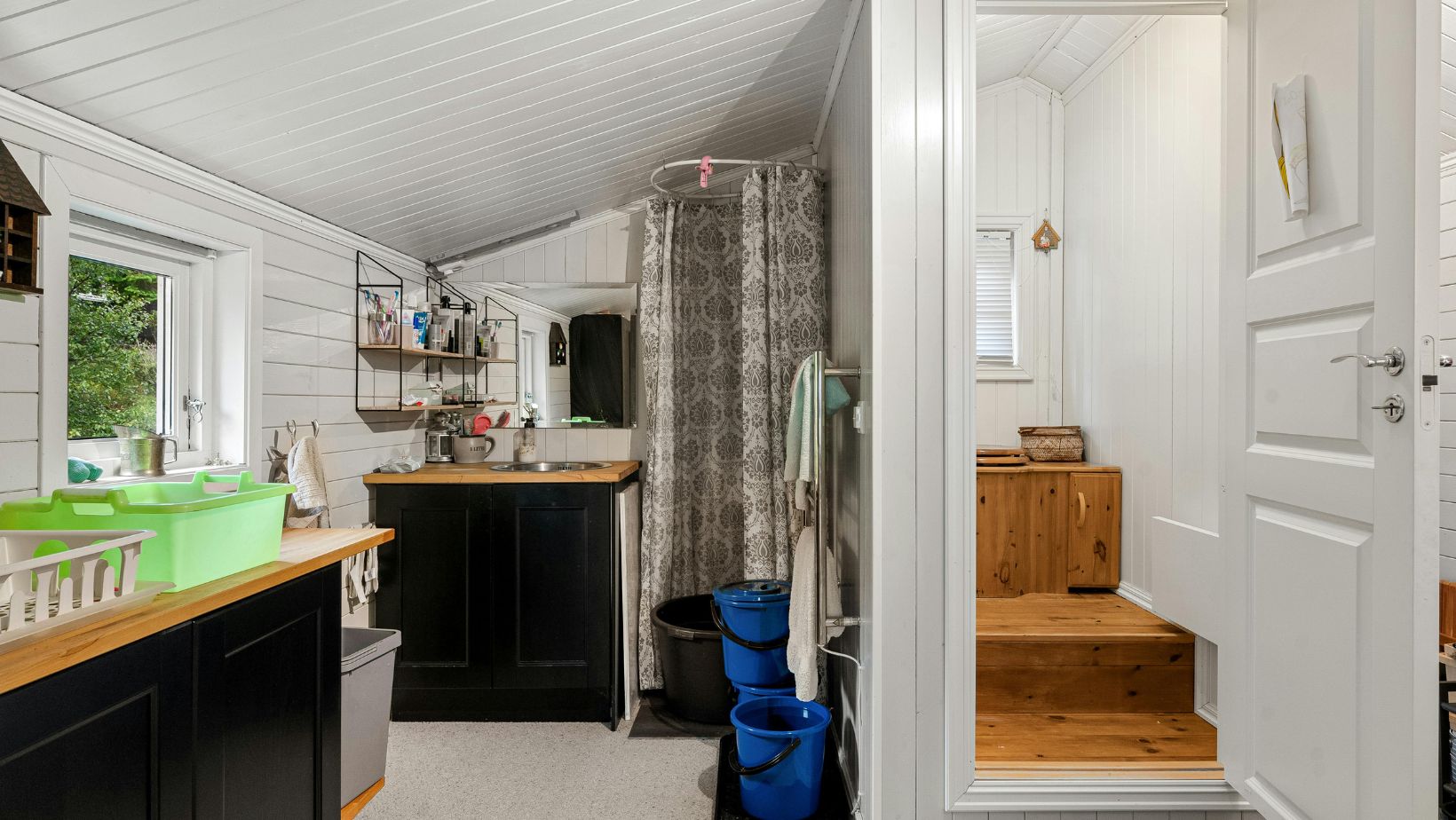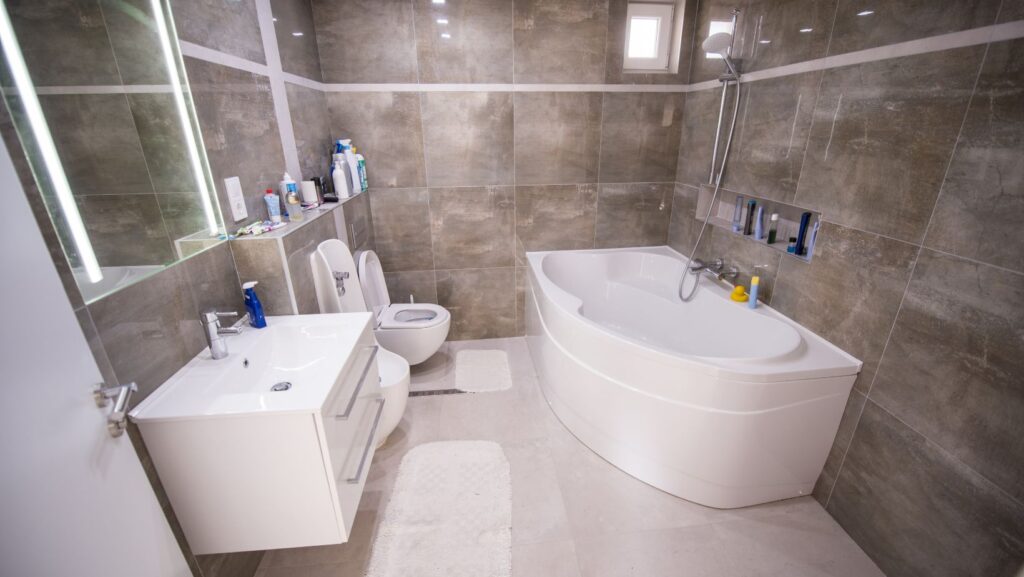The home remodeling process is intricate and demands the ideal solutions for durability and functionality. When looking to add sustainability to home remodeling, the focus is to reduce the environmental impact, create healthier living spaces, and save money. Implementing sustainable practices in the kitchen and bathroom with precise remodeling can make a big difference for your place.
Read on to go through an effective and practical guide to sustainable kitchen and bathroom remodeling in detail.
Key Elements of Sustainable Kitchen and Bathroom Remodeling
Here are the important elements of introducing sustainability in the kitchen and bathroom remodeling precisely:
-
Careful planning
Firstly, the careful planning of the clear goals for the renovation project helps in setting sustainable goals. Go ahead with planning the use of eco-friendly materials, minimizing water usage, and reducing energy consumption.
Focus on minimizing the waste by defining the need for refurbishing or reusing rather than direct demolition of the existing elements. Planning and keeping sustainability in mind help make informed decisions throughout the remodeling process.
-
Selecting sustainable materials
The type of materials useful in remodeling can make or break the sustainability remodeling of the kitchen and bathroom at your place.
You can start by using highly renewable, recyclable, and biodegradable materials for eco-friendly flooring. Bamboo is ideal for durable and stylish flooring and the bark of cork oak trees offer excellent acoustic and thermal properties. Reclaimed wood or recycled tiles reduce the demand for other resources and create amazing aesthetics.

It is important to replace the traditional countertops made up of marble or granite requiring sufficient energy and water with quartz, butcher block, or recycled glass. The inclusion of paints and finishes with highly volatile organic compounds degrades the kitchen or bathroom air quality. Hence, you must go for eco-friendly paints and finishes with low or zero volatile organic compounds.
-
Promoting energy efficiency
Upgrading your kitchen and bathroom with energy-efficient lighting, insulation, and appliances to reduce energy consumption and bills. You can use energy-efficient appliances, LED lighting, proper insulation, and ventilation solutions in your kitchen and bathroom remodeling process.
The selection of Energy Star-rated models of kitchen appliances uses less energy and maintains high performance. You can use energy-efficient ovens, dishwashers, and refrigerators in the kitchen and low-energy water heaters and exhaust fans in the bathrooms.
Replace the incandescent lamps in your kitchen and bathrooms with LED bulbs which have a long life and consume less energy. Go ahead to maintain proper insulation and ventilation in your kitchen and bathroom with properly insulated walls, ceilings, and floors.
-
Water conservation measures
Conserving water in your kitchen and bathroom can reduce the strain on water resources and reduce utility bills. You can use low-flow fixtures, tankless water heaters, and efficient dishwashers and washing machines in the kitchen and bathroom remodeling project.
Install the low-flow faucets, toilets, and showerheads which use less water without sacrificing the performance.

You can check the products that are certified according to the water efficiency standards. The on-demand water heaters or tankless water heaters reduce energy consumption and associated costs.
A high-efficiency dishwasher saves water and energy at your place. It helps in using less water per load in the kitchen while offering the ideal cleaning performance. For bathrooms, go for washing machines that are water efficient and use less water per cycle.
-
Recycling and reducing wastage
Minimizing the waste in your kitchen and bathroom remodeling project is essential to the recycling process. You can go ahead to reuse the existing materials, recycle the construction waste, and avoid single-use products.
You can refurbish the old cabinets and replace the flooring with reclaimed materials. It helps you grant a unique character to your remodeling project without many resources. It is easy to set up a recycling station on-site to separate the different recyclable materials like drywall, metal, or wood from other construction waste. You must avoid the use of disposable or single-use products during the remodeling project.
Ending Note
Sustainable kitchen and bathroom remodeling improves the overall long-term value, functionality, and comfort of the place. With the key pointers to create a sustainable remodeling project, you’re ready to make environmentally conscious choices only.
It is easy to seek the professional help of the My Kitchen and Bath experts for making a greener home and healthy lifestyle for your place.
